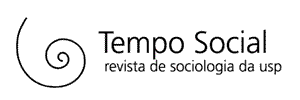The key question for attempts at applying neuroscience results to social topics is matching: what is the relation between ordinary social and social science concepts and their physical realizations in brain processes? Answering this question depends on what is available on each side to match. The concepts of social science produced under the influence of the standard social science model, however, are worse sources of matching concepts than the social science and especially sociology of the late nineteenth century, before disciplinarization. In this period sociologists and social theorists were concerned with issues raised by Darwin and animal studies of cooperation. The standard social science model, in contrast, used a presupposition-like notion of culture which has poor brain matches. The theoretical ideas of this earlier generation, including Franklin Giddings on consciousness of kind, C. H. Cooley on the looking glass self, Max Weber on empathy, and the pervasive concern with imitation, as well as the concern with the child's socialization, all prove to be better matches to current neuroscience.
Neuroscience; Social theory; Franklin Giddings; Mirror neurons; Empathy; Max Weber; Georg Simmel; C. H. Cooley
